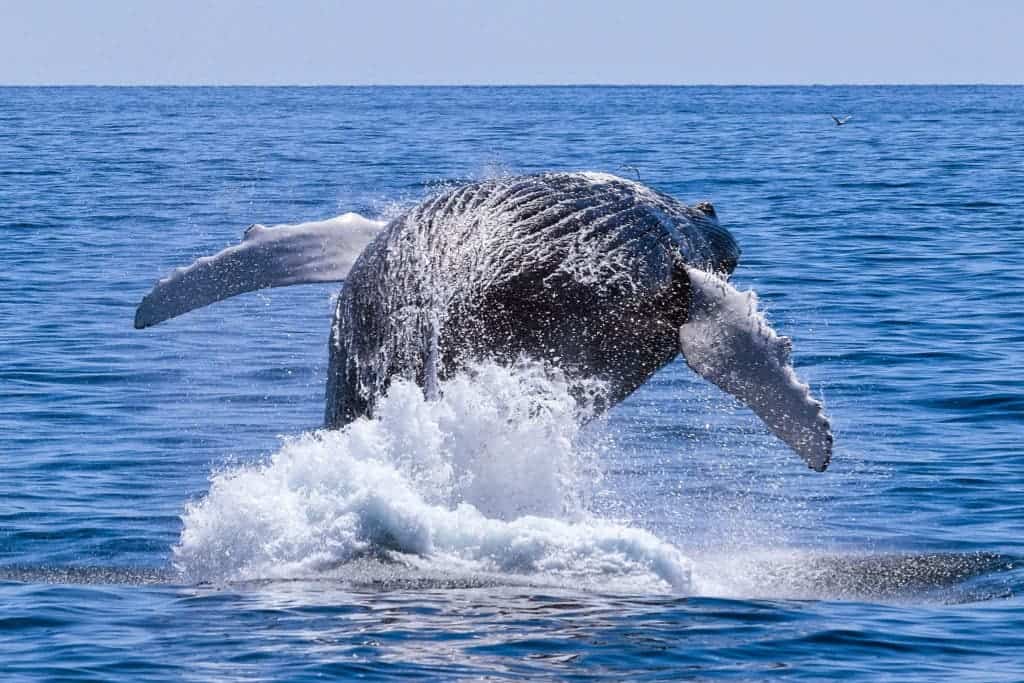The little crustaceans known as barnacles are recognized for their significance in the food chain of all the oceans of the world. They provide food for animals such as sea stars, marine snails, a variety of fish, and even coastal birds. Before entering their adult crustacean state, the larvae also make up part of the oceans’ zooplankton.
The microscopic zooplankton make their way into the diet of baleen whales, the largest living creatures on Earth. But by the time they reach maturity, the barnacles fulfill a different function. They attach themselves to a surface and become as immobile as a bump on a log. They commonly attach themselves to the bodies of whales. A whale can easily be carrying barnacles with a weight of close to half a ton.
Barnacles can pick up oxygen atoms from wherever they go in the ocean. These atoms carry varying weights to them. Thus, scientists are able to roughly tell the routes whales travel by examining the barnacles on their hide. This information was recently published in a micro-article from National Geographic. But scientists knew about this fact 40 years ago and have put it to good use.

What National Geographic and other outlets have been shedding light on now is the concept of Larry Taylor, a graduate student. His curiosity urged him to ask whether or not barnacle fossils could contain the same evidence pertaining to whales of prehistoric eras.
Coronulid barnacles became one of Taylor’s prime interests.
This variety is known for affixing themselves exclusively to the humpback (a type of baleen whale). Upon checking that humpback barnacles snatch up oxygen atoms as effectively as those which ride on gray whales, Taylor tested the atoms from some humpback barnacles and concluded the information accurately reflected the route that whale had taken.
Next, he moved on to testing the fossils of some prehistoric coronulid barnacles, specimens which he gathered from the North and South American west coasts. Through further research and early observations, he has quickly confirmed his hard work.
He believes his studies have found that ancient humpbacks move along practically the same migrational paths as their modern counterparts.
However, other scientists have said his work needs a good deal more testing. Larry Taylor is currently working to learn more about prehistoric whales’ movements in addition to what the oceans of those eras were like.






